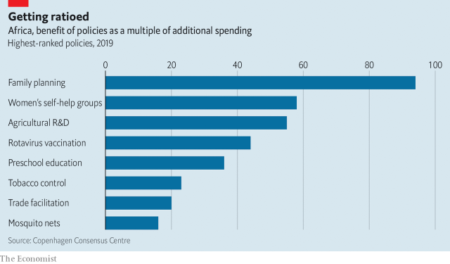A new discussion paper from GAIN, the Global Alliance for Improved Nutrition, looks at some indicative Policies and financing to spur appropriate private-sector engagement in food systems. “Appropriate” meaning conducive to the production and consumption of more agrobiodiverse diets. It’s not long, so you should probably read the whole thing. But here are the take-home messages, to whet your appetite, as it were:
- reduce taxes and increase subsidies on nutritious crops and foods (eg fruits and vegetables)
- amend policies which encourage biofortification and industrial fortification to also include encouraging the increased production and consumption of existing nutritious species and varieties
- make the case for diverse farming systems to impact investors and blended finance practitioners
- nudge business sustainability strategies to include biodiversity and ecosystem considerations (eg, via the Agrobiodiversity Index)
Not a comprehensive list, of course, but a pretty good start.
